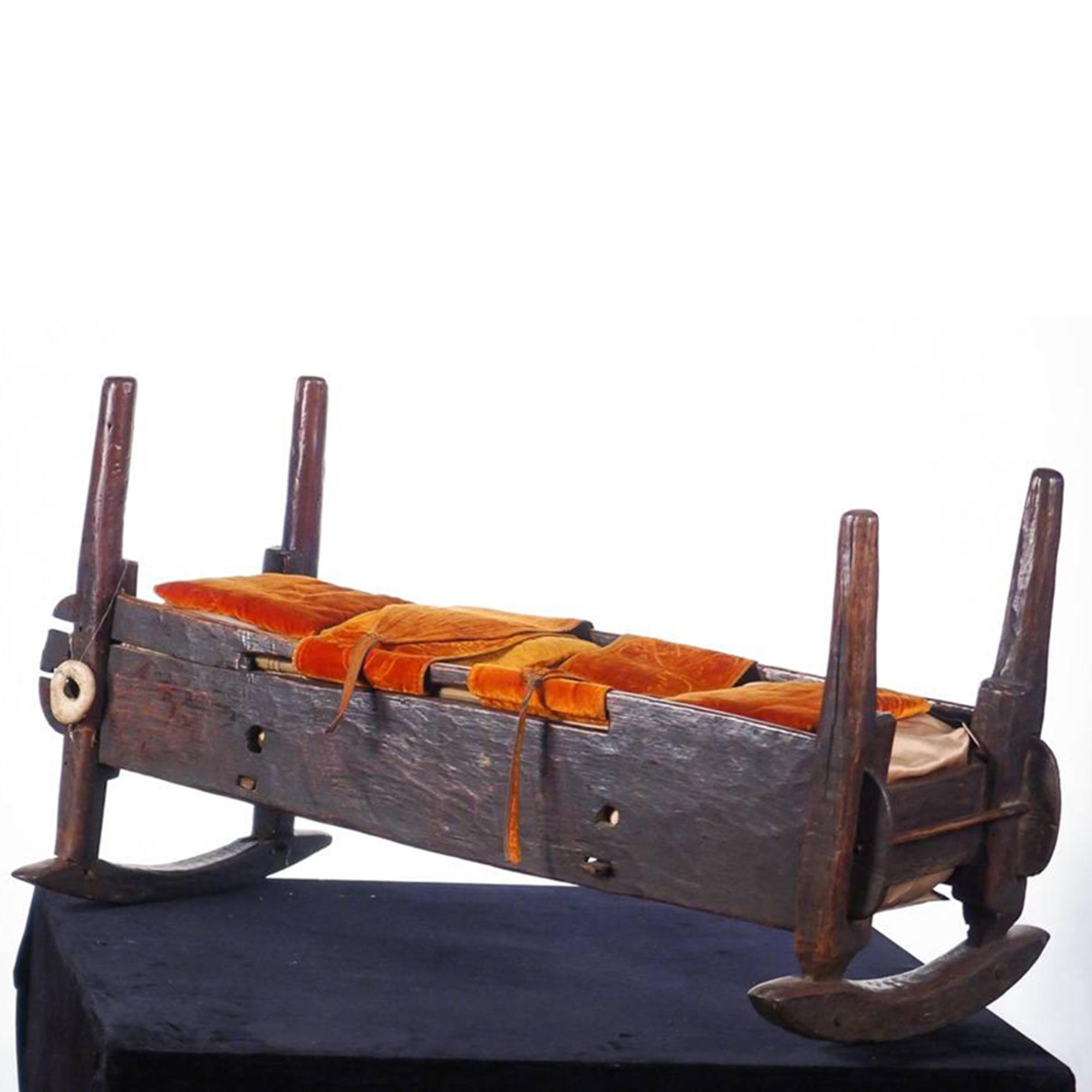For small children, the Adyghes made wooden cradles, which were called ‘kushe’. Arc-shaped skids were attached to the backrests of the crib, with the help of which the cradle could be rocked. A mattress stuffed with straw or sheep wool was laid at the bottom. And the baby was put into bed only after being swaddled tightly. Thus, the child remained dry throughout the night, and also could not hang over through the low sides of the cradle and fall out of it.
The Adyghes often decorated cradles with symbolic objects. To the sides they would tie coins and animal claws. And under the pillow they could put a piece of iron or a small dagger. People believed that these peculiar amulets protected the small and therefore weak child from evil spirits and unpleasant incidents.
The Adyghes often decorated cradles with symbolic objects. To the sides they would tie coins and animal claws. And under the pillow they could put a piece of iron or a small dagger. People believed that these peculiar amulets protected the small and therefore weak child from evil spirits and unpleasant incidents.



